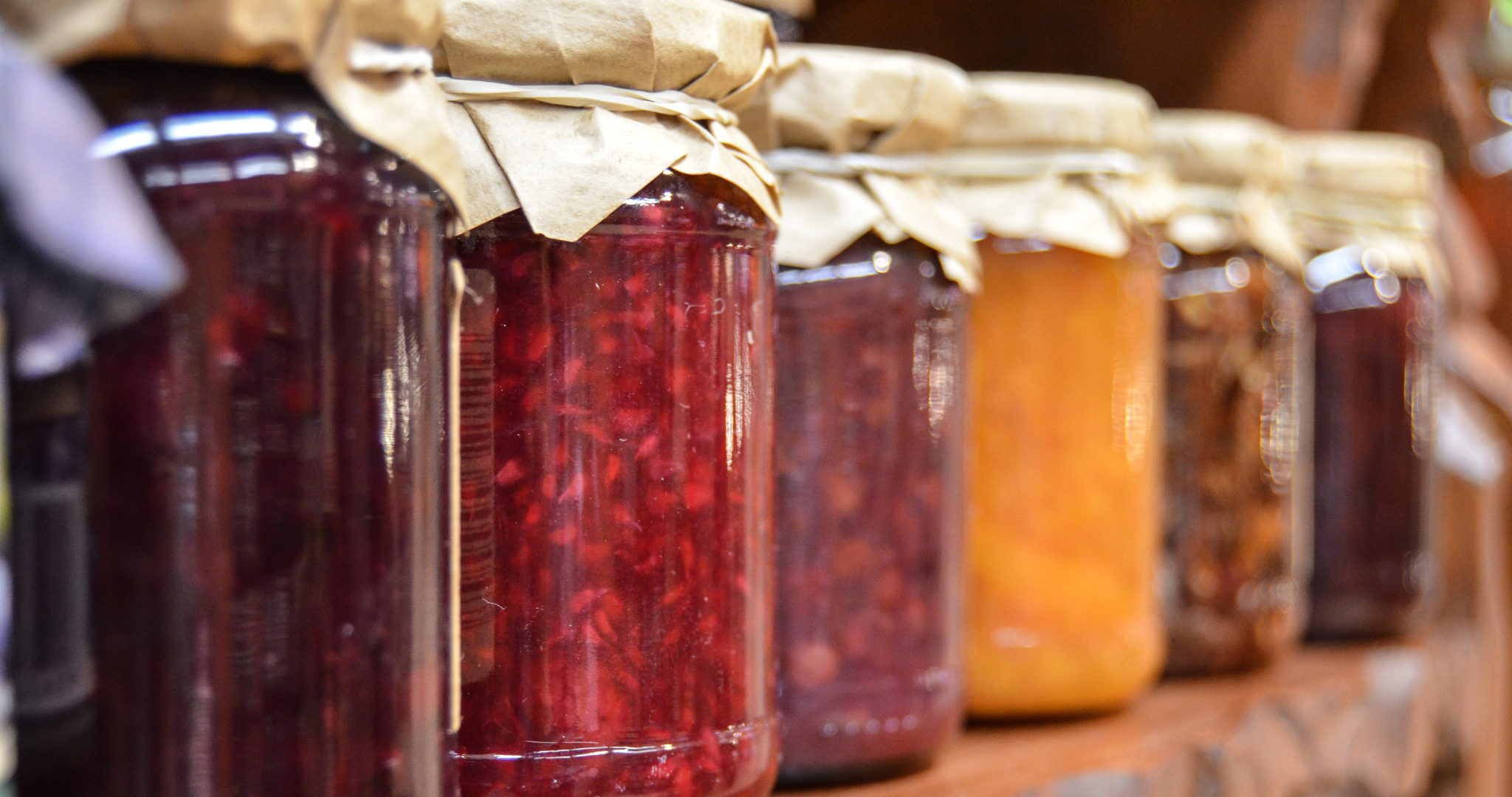
Cultures for GI Health
Drinkable Cultures
Like food, the beverages we drink are a reflection of the lives we live. And the care and attention required for successful fermentation make cultured drinks a living, breathing contextual marker.
We drink libations to share our joys and dull our pain. We even use these brews in worship to the gods. But fermented drinks also have more mundane benefits for our health.
Drinks are the common gateway to cultured products. For most of us, our first fermented beverage is alcoholic: wine, beer, or spirits.
The History of
Fermented Beverages
Evidence of the first fermented beverages has been found from the Neolithic period, about 9000 years ago in China. There is speculation that humans have been enjoying fermented foods and drinks for a much longer time. It is believed that our taste for fermented things developed from primates eating fermented fruit that had fallen to the ground.
Historically, cultured drinks have been used to supplement the diet as a quick and easy way to consume enough calories and nutrients. Most importantly, fermented beverages have been used by shamans and doctors for medicinal purposes.
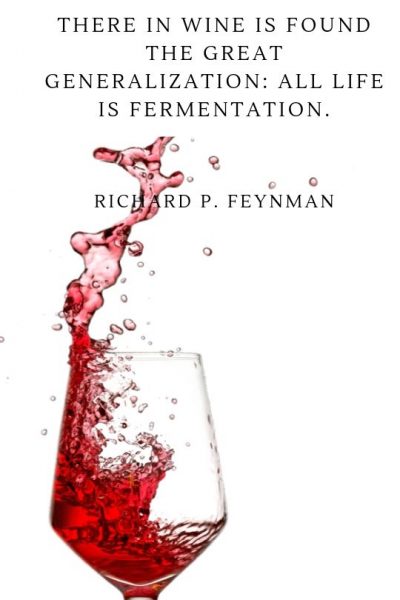
Non-Alcoholic Brews
There is a class of fermented beverages that are traditionally called tonics or elixirs. Generally, an alcohol content of less than 0.5% is considered non-alcoholic. Shorter fermentation times create drinks that are family-friendly with the health benefits of the beneficial bacterial strains.
Alcoholic Brews
Yeast development is the key to creating alcoholic brews with significant ethanol, the only drinkable alcohol. In longer fermentation times the microorganisms impart more flavor and texture as their food sources become more complex. This is why aged wines and whiskeys are in high demand.
Brewing Probiotic Rich Ferments
Brewing is the craft of steeping a starch in water and fermenting the concoction with microorganisms that transform the sugars into acids and alcohols. While some fermented drinks have become widespread and mass-produced, the nature of this organic process lends itself to small batches for artisanal quality flavors.
In order to maintain the probiotic benefits of fermentation, most homebrewers use “wild” microbes, those found naturally on the substance being fermented and in the atmosphere. This offers the advantage of a wider variety of cultures.
All you need for a successful brew is some filtered water (chlorine will kill cultures), flavoring and the right equipment.
- Easy to make
- Flavorful
- Nutritious
Types of fermented beverages
Cultures for GI Health
Caffeinated
Caffeinated fermented beverages have some unique characteristics when compared to other plant-based cultures. First, coffee beans and tea leaves are fermented before they are packaged. Black tea is fully fermented and green tea is less so.
Most of these benefits are related to the actual tea and coffee. Polyphenols abound but by the time the beans are roasted, ground and brewed most of the microorganisms are gone.
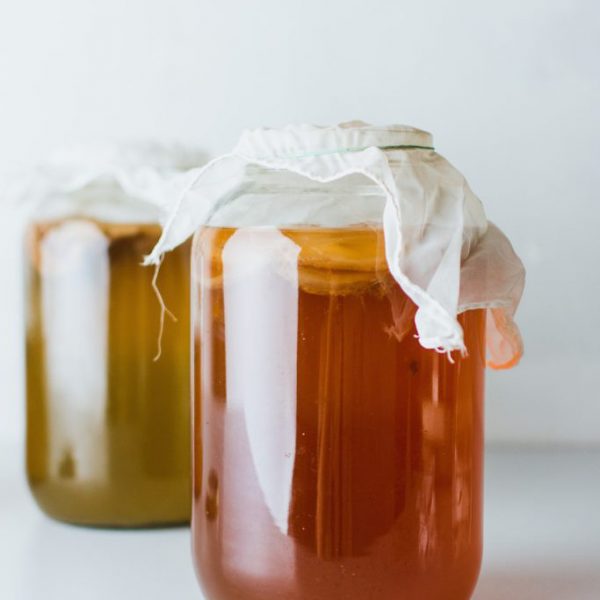
Popular Caffeinated Fermented Drinks

Coffee
Coffee fruit must be fermented to get to the seed. How the coffee cherry is fermented has a significant impact on the flavor profile of the coffee bean. These beans are filled with polyphenols.
Everyone has heard about the trendy drink, kombucha, but do you know how that tangy fizzy beverage is made. Sweetened black tea is fermented using a symbiotic culture of bacteria and yeast (SCOBY) for a few days.
A little kombucha every day is a good source of beneficial organisms.
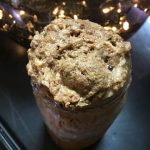
Jun
Jun is fermented green tea made with raw honey, also know as “the champagne of kombucha.” It has a lighter color and a more subtle flavor.
Who Should Not Drink Kombucha?

Cultures for GI Health
Dairy-based fermented beverages
Farmers were likely the first to make dairy cultures. Raw milk is rich in lactic acid microbes providing the perfect medium for anaerobic fermentation.
The cultures of dairy products are location specific and so fermented dairy from different farms and countries have their own unique flavors.
Popular Cultured Dairy Beverages

Kefir
Kefir, “the champagne of milk,” is made with a culture of grains with over 30 strains of microorganisms.

Lassi
Lassi is a very popular meal accompaniment for spicy Indian meals.
Benefits of Kefir Over Yogurt
Cultures for GI Health
Water-based Fermented Beverages
Add sugar to water and let it sit on the counter and in a few days, you will have a cultured drink. Changing the type of sugar transforms the beverage in surprising ways.

Popular Fermented Water Beverages

Tibicos is similar to kefir in that the culture used is called grains (these are clear, however, not milky). Tibicos grains are collected from a cactus.
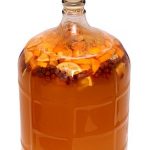
Mead
Mead is a raw honey and water fermentation. In its raw form, honey has cultures which activate when water is added.

Cultures for GI Health
Fermented Grain Beverages
Grains have a more involved fermenting process, in that the complex carbohydrates in grains must be first converted into simple sugars before the microbes can be activated.
Malting (sprouting) and mashing are the primary methods to break down the grains through enzymatic activity.
Popular Fermented Grain Beverages

Beer
Beer is the most popular fermented beverage globally, made with barley grains and hops.

Sake
Fermented rice wine is a staple in its native Japan.
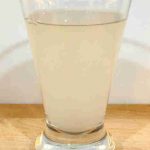
Rejuvelac
Rejuvelac is made by fermenting freshly sprouted wheat grains with water using the “wild” bacteria and yeasts present on the sprouts.

Kvass
Kvass is a rye beer, more commonly known in Eastern Europe where the grain is plentiful.
What is Rejuvelac?
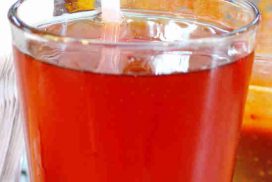
Fermented Fruit Juices
Fermented fruit is, of course, one of the earliest ferments consumed. These are typically known as wines.
When allowed to ferment for longer periods these fruit cultures turn to vinegar at 2.5 pH.
Tepache de Pina
Pineapple peel and spices are the flavoring of this fruity fermented beverage. It can be fermented with or without water kefir starter.
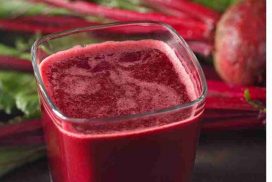
Fermented Vegetable Juices
Cultured vegetables have lesser-known cousins in cultured vegetable juices. Beet and lettuce kvass and cabbage juice are popular.
These ferments are done with salt only as well as with whey or other starters.
This highly nutritious drink is filled with blood-purifying tonic. It can be cultured with salt only or with a starter from another dairy or vegetable ferment.
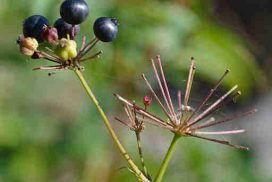
Fermented Botanicals
Botanical brewing is a simple process involving herbs and plant roots. The original root beer was a botanical brew containing sassafras, licorice root, wintergreen leaves, vanilla bean, ginger root, and other aromatic flavorings. The varieties of plant combinations are endless.
Ginger beer is another well known botanical brew.
FAQs
This is a selection of the most frequently asked questions about the benefits of fermented beverages.
Yes, but minimally. Most kombucha sold has less than 0.5% alcohol content as compared with 3% plus for beer. If you are concerned about the alcohol content shorten the fermenting time.
The 2nd fermentation adds another layer of flavor and more bubbles but is not necessary.
A SCOBY is a symbiotic culture of bacteria and yeast. This is what creates kombucha out of sugar and tea. It is a specific combination of microorganisms.
Switchel is an apple cider vinegar-based drink with some probiotic benefits. For more information…
